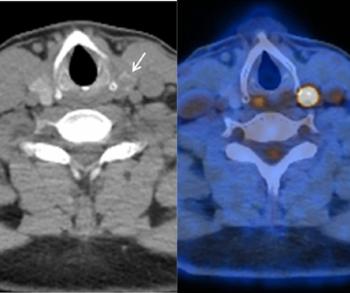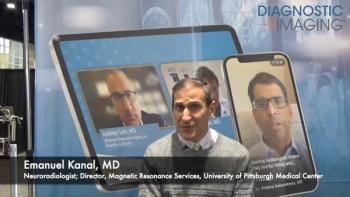
Prediction Rule Aids Decision for Abdominal CTs in Children
A rule aid comprising seven factors may aid physicians in deciding whether to refer children for abdominal CT scans following blunt trauma to the abdomen.
A rule aid comprising seven factors may aid physicians in deciding whether to refer children for abdominal CT scans following blunt trauma to the abdomen, say researchers in a study published today the Annals of Emergency Medicine.
Concern of radiation emitted from CT scans has long led to worries regarding radiation risk among children. “We have now identified a population of pediatric patients that does not typically benefit from a CT scan, which is an important step in reducing radiation exposure,” James Holmes, principal investigator, said in a press release. Holmes is a professor of emergency medicine at the UC Davis School of Medicine.
Using the Pediatric Emergency Care Applied Research Network (PECARN), researchers looked at more than 12,000 children who presented in an ER following blunt trauma to the torso, such as sustained from a car or bicycle crash, a fall, or an assault. The researchers evaluated several factors, including evidence of trauma on the abdomen or chest, neurological changes, abdominal pain, or tenderness, abnormal breath sounds, and vomiting. These became the seven factors for the rule aid.
Results showed that majority of children who did not show evidence of these factors would not have benefitted from undergoing an abdominal CT scan. Only 0.01 percent of the children were found to have an abdominal injury that required acute intervention. The risk from developing future cancer from radiation exposure would be greater than the presenting problem, the authors said.
This prediction rule is not meant to be the sole basis on which to determine if a CT scan is required, but as a tool to help the rule out when CTs would be least likely to be helpful in diagnosis and management. The authors emphasized that clinical judgment plays a critical role in determining whether a CT is needed.
Further testing of the prediction rule is required before it is adopted for use in the emergency rooms.
Newsletter
Stay at the forefront of radiology with the Diagnostic Imaging newsletter, delivering the latest news, clinical insights, and imaging advancements for today’s radiologists.



























